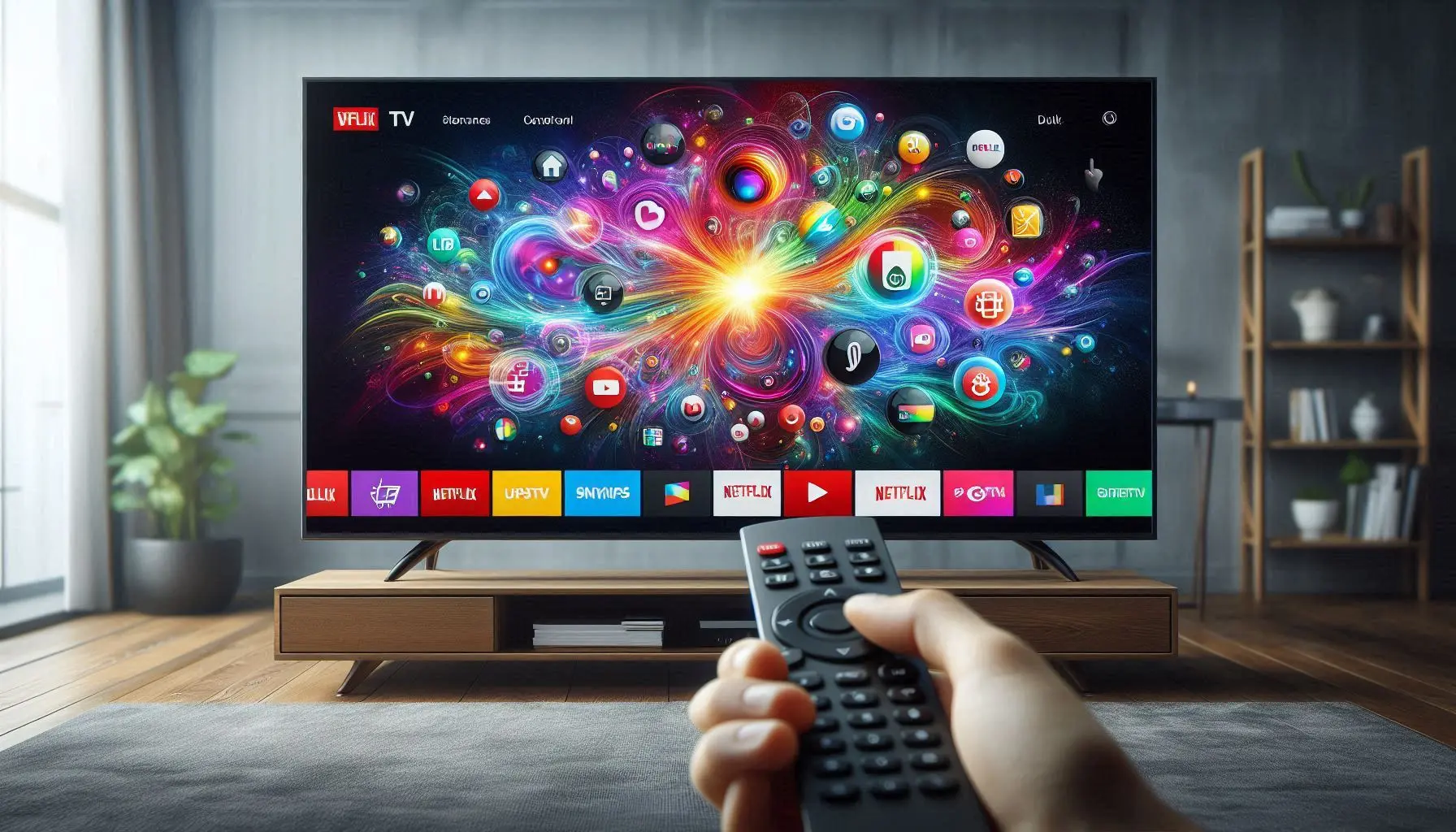We’ve all been there. The big game is tied in the final seconds, the hero is about to reveal the killer, and suddenly… the spinning circle of doom appears. IPTV buffering is the arch-nemesis of cord-cutters everywhere.
Before you angrily cancel your subscription, you should know that in most cases, the problem is not your IPTV service itself. More often, the culprit lies within your own home network or device setup.
The good news? You can almost always fix it yourself. This guide will walk you through the most effective solutions, from quick wins to more advanced strategies, so you can get back to buffer-free bliss.
First, Understand Why Buffering Happens
Buffering occurs when your streaming device can’t download video data fast enough to play it back smoothly. It’s like trying to drink a thick milkshake through a skinny straw—the flow can’t keep up with demand. This can be caused by:
- Your Internet Connection: Slow speeds, Wi-Fi interference, or ISP throttling.
- Your Home Network: An outdated router or too many connected devices.
- Your Streaming Device: An underpowered device that can’t decode high-quality video.
- Server Issues: Overloaded servers from your IPTV provider (less common with premium services).
The Step-by-Step IPTV Buffering Fix Checklist
Follow these steps in order, testing your stream after each one.
1. Tame Your Internet Connection
This is where 90% of buffering problems originate.
- Run a Speed Test: Use a site like Speedtest.net. For stable HD streaming, you need a consistent 25 Mbps. For 4K, aim for 35-50 Mbps. Note that consistent speed is more important than peak speed.
- The Ultimate Fix: Go Wired. Wi-Fi is convenient but prone to interference. If possible, connect your streaming device (Firestick, Android Box, etc.) directly to your router using an Ethernet cable. This is the single most effective way to eliminate Wi-Fi-related buffering.
- Optimize Your Wi-Fi: If you must use Wi-Fi:
- Move your router closer to your streaming device.
- Reduce interference by keeping the router away from microwaves and cordless phones.
- Use a 5GHz band if your router and device support it, as it’s less congested than 2.4GHz.
2. Optimize Your Home Network
Your internet might be fast, but your local network could be the bottleneck.
- The Classic Reboot: Unplug your router and modem from the power for 60 seconds. This clears the cache and can resolve countless connectivity gremlins.
- Manage Your Bandwidth Hogs: If others in your home are gaming, downloading large files, or on video calls, it can strangle your stream. Pause other activities during your viewing time.
- Upgrade Your Router: An old, underpowered router can’t handle modern streaming demands. If yours is more than 3-4 years old, an upgrade can be a game-changer.
3. Configure Your Device and App
Sometimes, the software is to blame.
- Clear Cache and Data: Over time, your IPTV app’s cache can become corrupted. Go to your device’s settings, find the app, and clear its cache (and data, if needed, but you’ll have to log in again).
- Lower the Video Quality: If your connection is struggling, force the stream quality from “Auto” or “4K” down to “HD” or “SD” within your IPTV app’s settings. A stable SD stream is better than a buffering HD one.
- Use a Efficient Player: Some built-in players are inefficient. Try a premium player like IPTV Smarters Pro or Tivimate, which often handle streams more efficiently.
- Restart Your Device: A simple reboot of your Firestick, Android Box, or Smart TV can free up memory and resolve temporary glitches.
4. The Power of a VPN (A Secret Weapon)
This fix seems counterintuitive but works wonders for many.
- Why It Works: Some Internet Service Providers (ISPs) practice “throttling”—they intentionally slow down your connection when they detect high-bandwidth activities like streaming video, especially during peak hours.
- The Solution: A VPN encrypts your internet traffic. Your ISP can no longer see that you’re streaming, so they can’t throttle you. If you’ve tried everything else and still buffer, a quality VPN (like ExpressVPN or NordVPN) is often the final, most effective solution.
When the Problem Might Actually Be Your IPTV Service
If you’ve diligently tried all the steps above and the buffering persists, the issue could be with your provider. Free or cheap IPTV services often use overloaded, low-budget servers that can’t handle user demand, especially during prime time or major sporting events.
This is where investing in a premium, reliable service makes all the difference. A quality provider like HDXTv uses high-performance, load-balanced servers and a global content delivery network (CDN) to ensure stable streams, minimizing the chance of service-side buffering.
For a deeper dive into troubleshooting and to ensure your setup is perfect, check out this comprehensive resource: The Ultimate Guide to Fixing IPTV Buffering.
Conclusion
Don’t let buffering rob you of your entertainment. By methodically working through this checklist—starting with your local network—you can identify and eliminate the cause of IPTV buffering. Start with a wired connection, reboot your router, and consider a VPN. You’ll likely find that the spinning circle becomes a thing of the past, and you can finally enjoy the seamless streaming experience you paid for.

